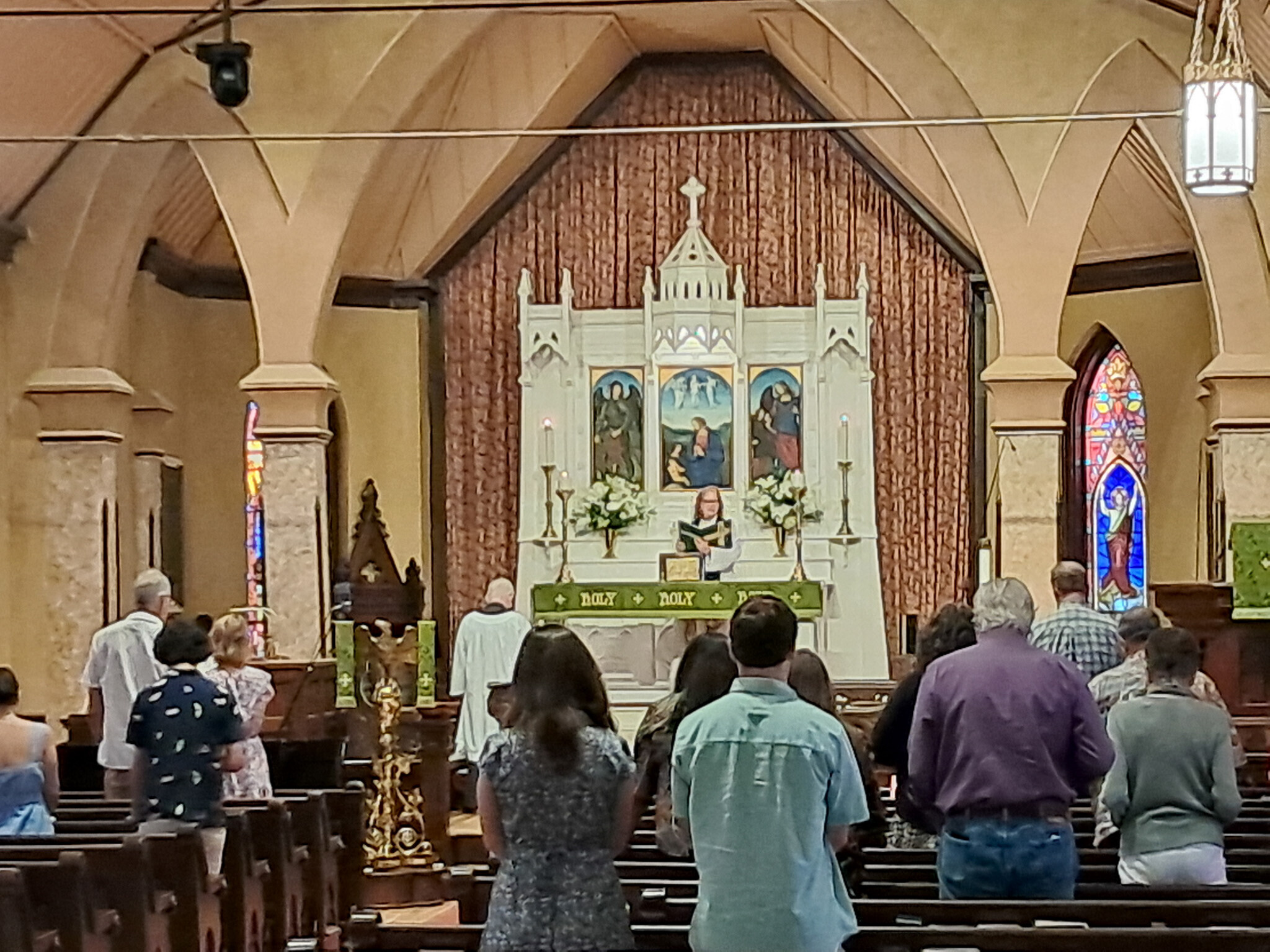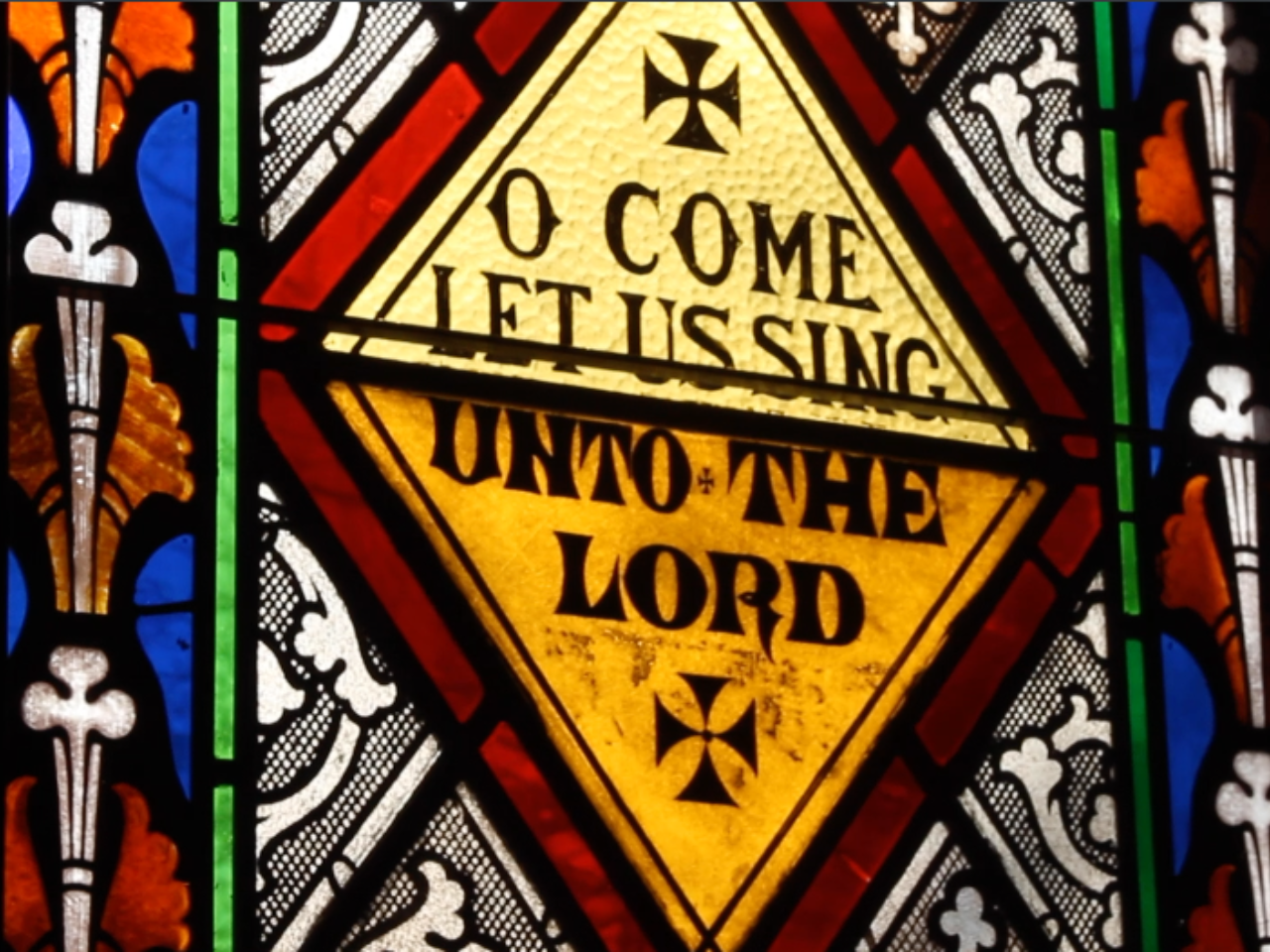
On the Fourth Sunday of Easter in all three years of the Eucharistic lectionary cycle, we read portions of John 10, in which Jesus likens himself to a ‘good shepherd’; the Collect refers to this image, and we often sing one or more settings of the appointed Psalm (23).
Our Communion hymn, the well-known ‘The King of love my shepherd is’ [645], is one of these. As Isaac Watts often did in his psalm-paraphrases, its author, Henry Williams Baker, not only expands upon the scripture passage – introducing the concepts of love, and of straying and being sought and found – but also explicitly Christianizes it, bringing in the cross, the (Eucharistic) chalice, grace, and the Good Shepherd. The Offertory anthem at 11:15 is a slightly picturesque mid-twentieth-century setting of the psalm by Thomas Matthews, complete with a solo line as it were played by a shepherd’s pipe. Our postcommunion hymn, ‘Praise the Lord, rise up rejoicing’, also refers to Christ as the Shepherd who calls and unites the ‘scattered flock’.
The organ prelude by Heinrich Scheidemann is an arrangement of a motet by Orlando di Lasso, one of the best-known composers of the late Renaissance. It was common in the 16th and early 17th centuries for organists to play arrangements of vocal works when a choir was not available (because one choir served several parishes, or perhaps in times of war or of plague, such as the one that took Scheidemann’s life in 1663). The practice had largely died out by the time Scheidemann came to write a dozen such pieces, but his are among the finest examples of the genre. The text – ‘Arisen is the Good Shepherd, who laid down his life for his sheep, and for his flock deigned to die. Alleluia!’ – refers once again to John 10, framed in the context of the Resurrection.
The reading from Chapter 7 of the Revelation to John (at 11:15) affords us the somewhat unusual opportunity to sing a hymn usually sung only at the Feast of All Saints: ‘Who are these like stars appearing’ [286]. The Hymnal selection from the much longer original paraphrases and expands upon the passage beginning at verse 13, in which one of the elders asks the writer: ‘Who are these, robed in white, and where have they come from?’, then answers the question when the writer demurs to do so. The eighteenth-century German text was translated by Frances Cox, one of two nineteenth-century Englishwomen particularly known for translating German hymns (the other being Catherine Winkworth). The stately German tune dates from the end of the seventeenth century.





Login To Leave Comment